-

Zinc Citrate Dihydrate CAS:5990-32-9 Manufacturer Supplier
Zinc citrate dihydrate can be used as nutrition fortifier, zinc fortifier, and can be used in food, health care products and medical treatment.Zinc citrate is suitable for the manufacture of tablet nutritional supplements and powdery mixed food as an organic zinc supplement ;Because of its chelating function, it can increase the clarity of fruit juice drinks and the crisp acidity of fruit juice, so it is widely used in fruit juice drinks.Meanwhile it can also be used in cereals and their products and salt .
-
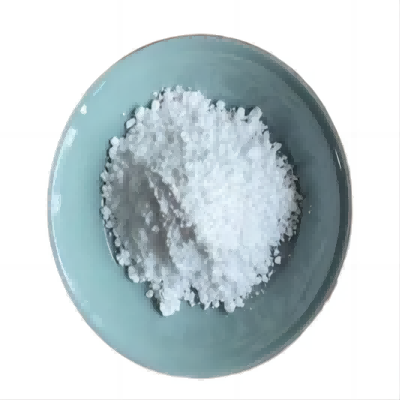
Neotame CAS:165450-17-9 Manufacturer Supplier
Neotame is a water-soluble, nonnutritive, intense sweetening agent used in beverages and foods. It is structurally related to aspartame and is about 7000–13 000 times sweeter than sucrose, and about 30–60 times sweeter than aspartame, making it the sweetest artificial sweetener available. Neotame is said to have a ‘clean’ sweet taste in contrast to the bitter, metallic aftertaste associated with saccharin. Although neotame has approximately the same caloric value as sucrose (1.2 kJ/g) the small quantities used to achieve a desired level of sweetness in a formulation mean that it is essentially nonnutritive.Neotame may be used in sub-sweetening quantities as a flavor enhancer, e.g. with mint or strawberry flavor.
-
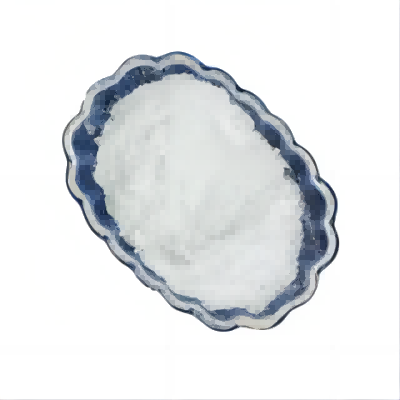
Trehalose CAS:99-20-7 Manufacturer Supplier
Trehalose is a nonreducing disaccharide in which the two glucose molecules are linked together in an α,α-1,1-glycosidic linkage. α,α-trehalose is the only anomer of trehalose, which has been isolated from and biosynthesized in living organisms. This sugar is present in a wide variety of organisms, including bacteria, yeast, fungi, insects, invertebrates, and lower and higher plants, where it may serve as a source of energy and carbon. It can be used as a stabilizer and protectant of proteins and membranes: protection from dehydration; protection from damage by oxygen radicals (against oxidation); protection from cold; as a sensing compound and/or growth regulator; as a structural component of the bacterial cell wall. Trehalose is used in the biopharmaceutical preservation of labile protein drugs and in the cryopreservation of human cells. It is used as an ingredient for dried and processed food, and as an artificial sweetener, with a relative sweetness of 40-45% that of sucrose.
-
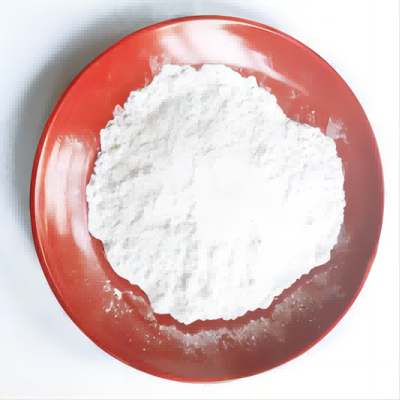
Acesulfame K CAS:33665-90-6 Manufacturer Supplier
Acesulfame pottasium (also known as acesulfame K or Ace K) is a calorie free sugar substitute (artificial sweetener).FDA approved it as a general purpose sweetener and flavor enhancer in food, except in meat and poultry, under certain conditions of use. It stays sweet even when used at high temperatures during baking, making it suitable as a sugar substitute in baked goods. Acesulfame potassium has been approved for use in a variety of food products including frozen desserts, candies, beverages, baby food, and baked goods. More than 90 studies support its safety.
-
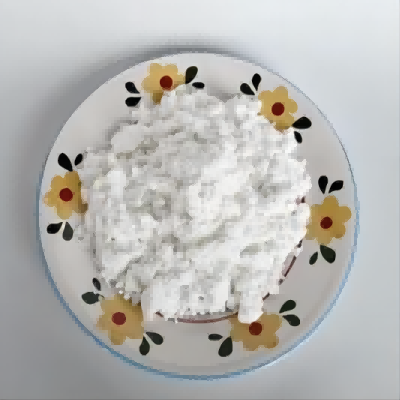
Raffinose/D(+)-Raffinose pentahydrate CAS:17629-30-0 Manufacturer Supplier
D-(+)-Raffinose is a trisaccharide composed of galactose, glucose, and fructose that occurs naturally in a variety of vegetables and grains. It is hydrolyzed to galactose and sucrose by α-galactosidase.
-

Lysozyme CAS:12650-88-3 Manufacturer Supplier
Lysozyme belongs to a group of enzymes that are known as glycoside hydrolases. It is found in animal tissues, organs, serum as well as in tears, nasal secretions, cervical mucus, and the white of avian eggs. Lysozyme breaks the carbonhydrate chains of the bacterial skin, destroying the structural integrity of the cell wall. Thereby, it has antibacterial properties and was one of the first antibiotics studied by Sir Fleming, the discover of penicillin.Lysozyme is used either alone or in combination with other synergic compounds as an excellent preservative against many food spoiling microorganisms for fruits & vegetables, tofu & bean curd, seafood & meats, wines & sakes. Organic wines use it to reduce sulfites. It is used in non-pasteurized beer. It has been added to baby formula (to aid digestibility) and gastrointestinal treatments for the elderly.
-
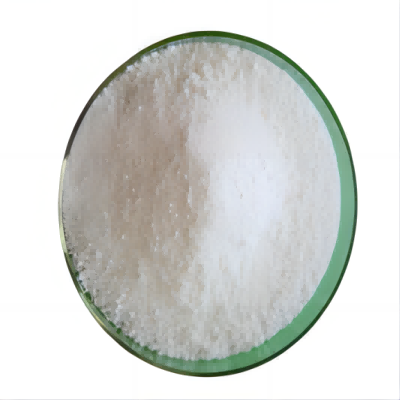
Potassium Pyruvate CAS:4151-33-1 Manufacturer Supplier
Potassium pyruvate is used to determine the substrate of lactate and dehydrogenase; It is also a good fitness and weight loss dietary supplement; Widely used in cosmetics. As a raw material for medicine and a food additive.
-
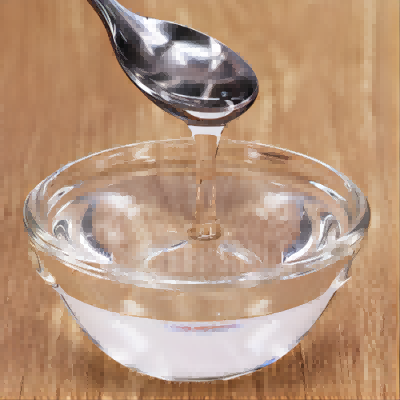
High Fructose corn syrup/HFCS CAS:8029-43-4 Manufacturer Supplier
CORN SYRUP is a complex combination obtained by the hydrolysis of starch by the action of acids or enzymes. It consists primarily of D-glucose, maltose and maltodextrins.
-

Sodium Acid Pyrophosphate (SAPP) CAS:7758-16-9 Manufacturer Supplier
Sodium Pyrophosphate Dibasic is anhydrous form, pyrophosphate salt used in buffers.Disodium diphosphate is used as a (tropically stable) acid carrier in baking powder, for improvement of flow properties in flour, for pH regulation, and in dental care products for prevention of tartar formation.
-
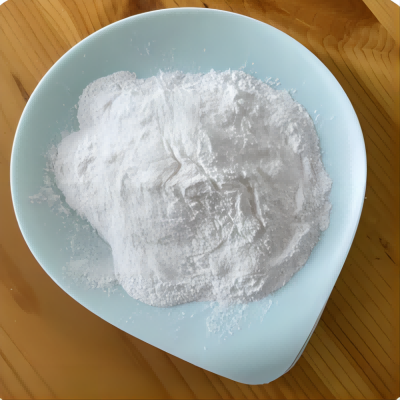
Zinc Citrate CAS:546-46-3 Manufacturer Supplier
Zinc Citrate is an essential trace mineral and a factor in the maintenance of good health as it supports and protects the immune system and helps the body fight against diseases. Zinc is an important antioxidant nutrient. It is necessary for protein synthesis, wound healing, for blood stability, normal tissue function, and aids in the digestion and metabolism of phosphorus. It also governs the contractility of muscles and maintains the body’s alkaline balance. Zinc Citrate can be used as a dietary supplement and as a nutrient. This product is known to be used in oral care products.
-
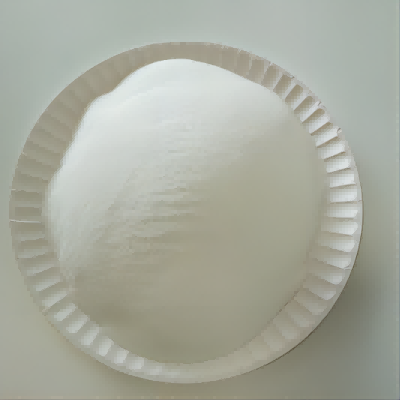
Palatinose CAS:13718-94-0 Manufacturer Supplier
Palatinose is a sugar substitute sweetener. It has many advantages such as low hygroscopicity, high stability, and tolerance, low calories, pure sweet taste, no undesired aftertaste.
-
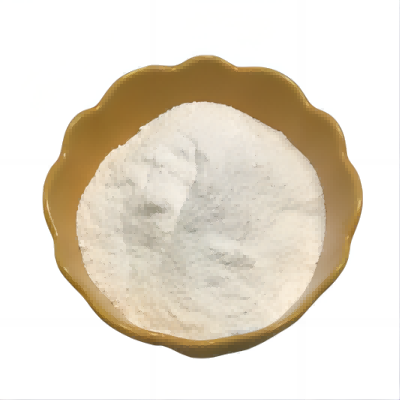
Tricalcium Citrate (TCC) CAS:5785-44-4 Manufacturer Supplier
Calcium citrate is the calcium salt of citric acid. It is commonly used as a food additive (E333), usually as a preservative, but sometimes for flavor. In this sense, it is similar to sodium citrate. Calcium citrate is also used as a water softener because the citrate ions can chelate unwanted metal ions. Calcium citrate is also found in some dietary calcium supplements (e.g. Citracal).

